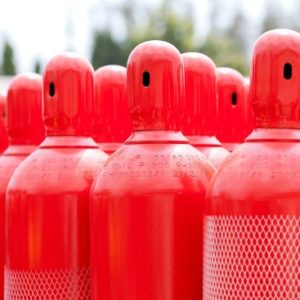-
Debate surrounds US Treasury rules regarding green hydrogen IRA subsidies, and if there are circumstances where green is not clean
Date posted:
-
-
-
Post Author
Patrick LaveryCombustion Industry News Editor
-

Concerns have been raised in the United States that the subsidies for green hydrogen production brought in by the Inflation Reduction Act could become overly generous to the point that they encourage inefficient overproduction.
In particular, the concern is that circumstances might conspire to produce a financial incentive to produce green hydrogen from renewable electricity when that renewable electricity could be used directly, should the final tax rules be made inappropriately. The energy penalty involved in generating hydrogen is considerable, and could perversely mean that more gas and coal would be fired to generate electricity. Pete Budden of the Natural Resources Defense Council has thus argued that green hydrogen projects should only be considered properly clean if they are accompanied by the installation of clean electricity generation, although one would think that green hydrogen produced from renewable electricity that would otherwise be curtailed should also be considered eligible.
The US Treasury is currently finalising the particulars of the guidelines, which are to be released by August, relating to the tiered structure for tax credits depending on the level of CO2 generated per kilogram of hydrogen produced that was set out in the Inflation Reduction Act.
The current public discussion is aiming to shape the three criteria for deciding the CO2 emissions per kilogram: additionality (of adding new generation capacity), deliverability, and hourly time matching. Much will depend on the detail.
